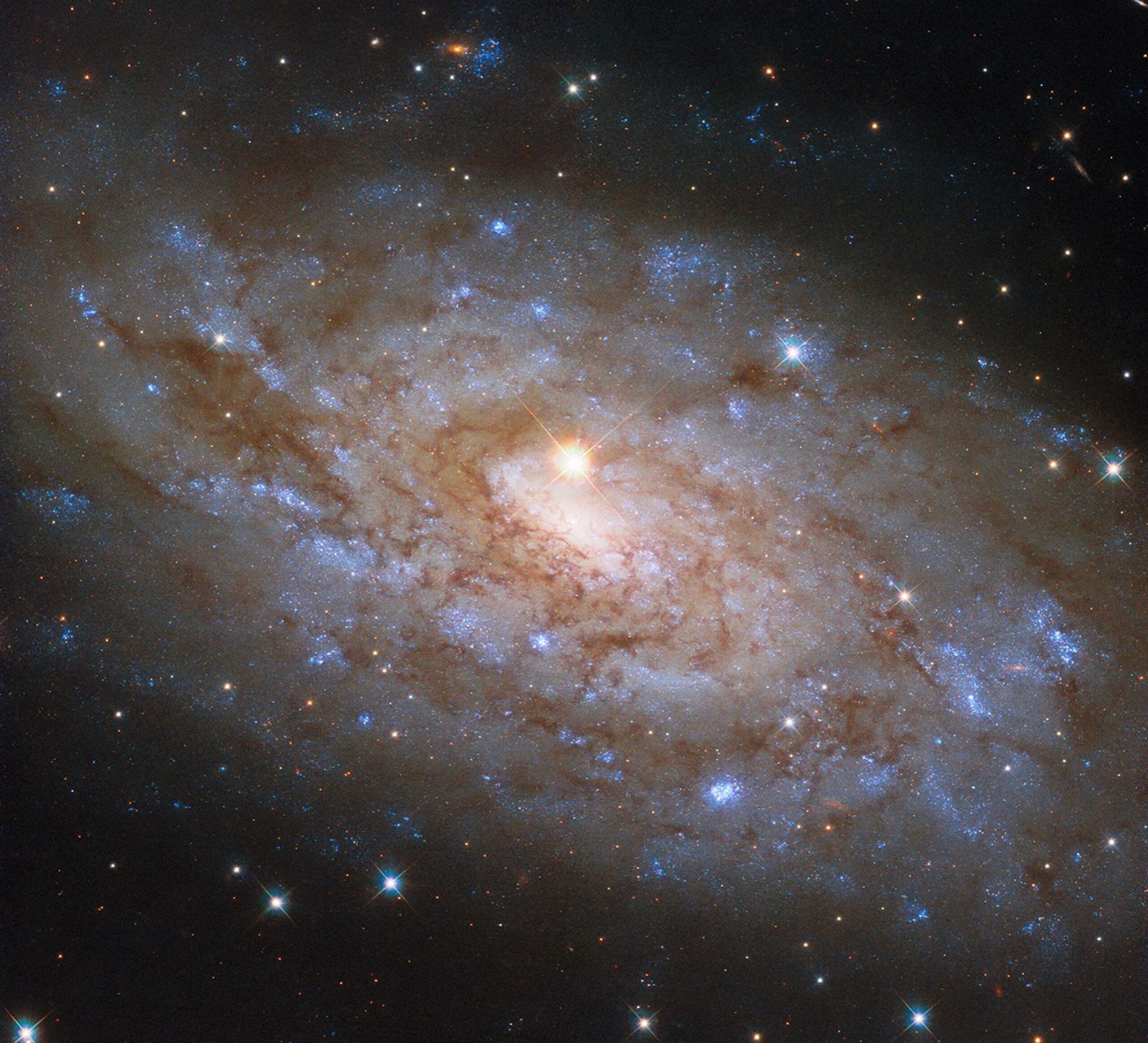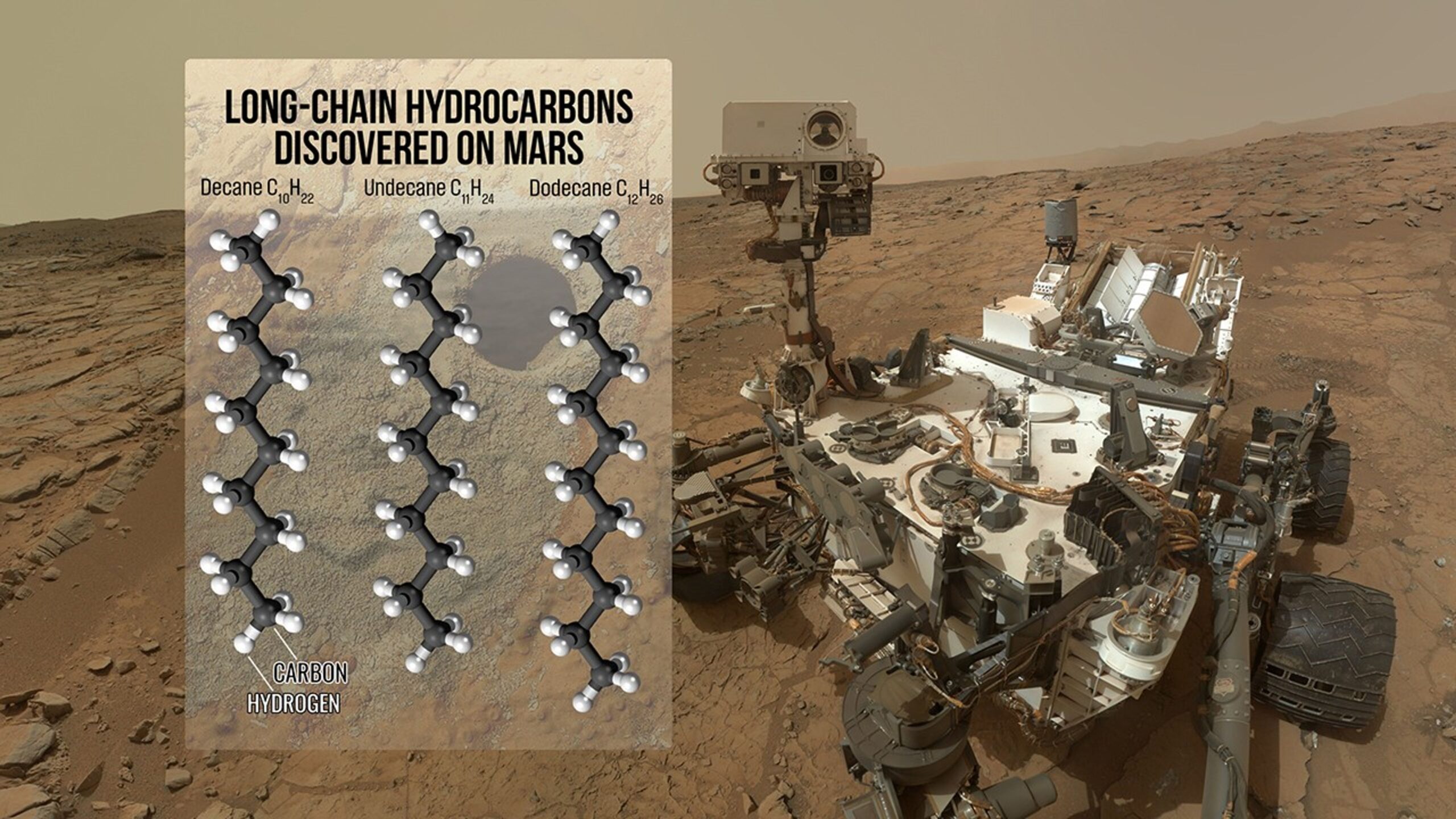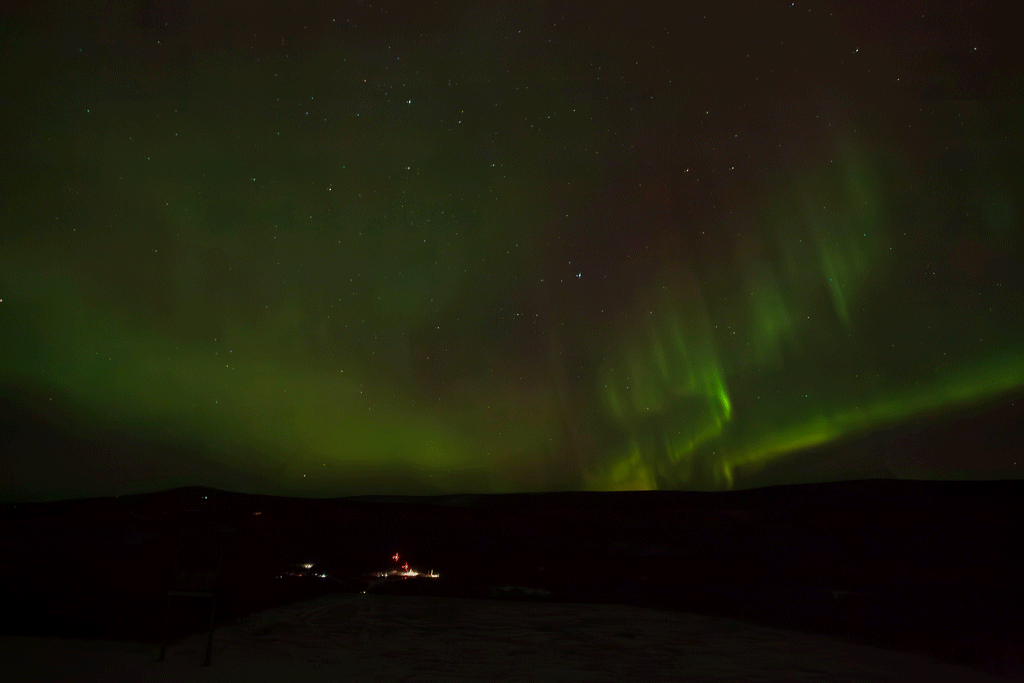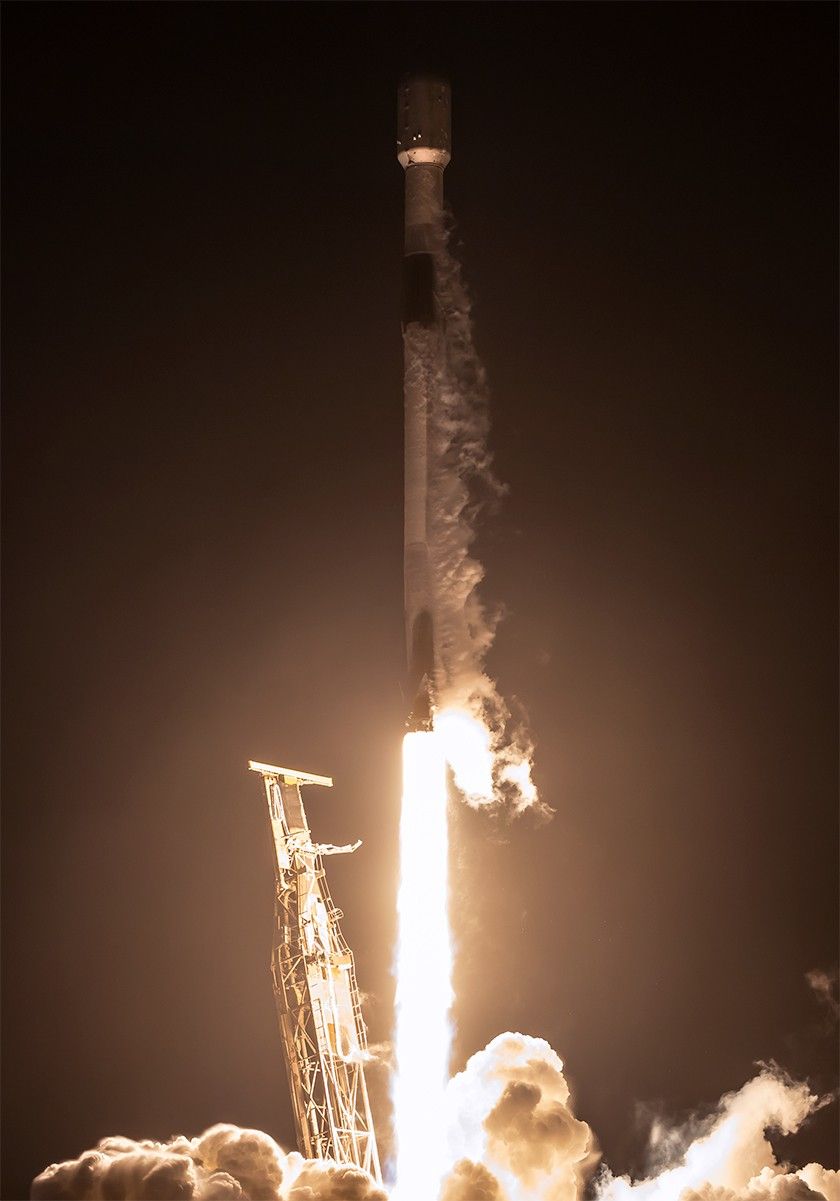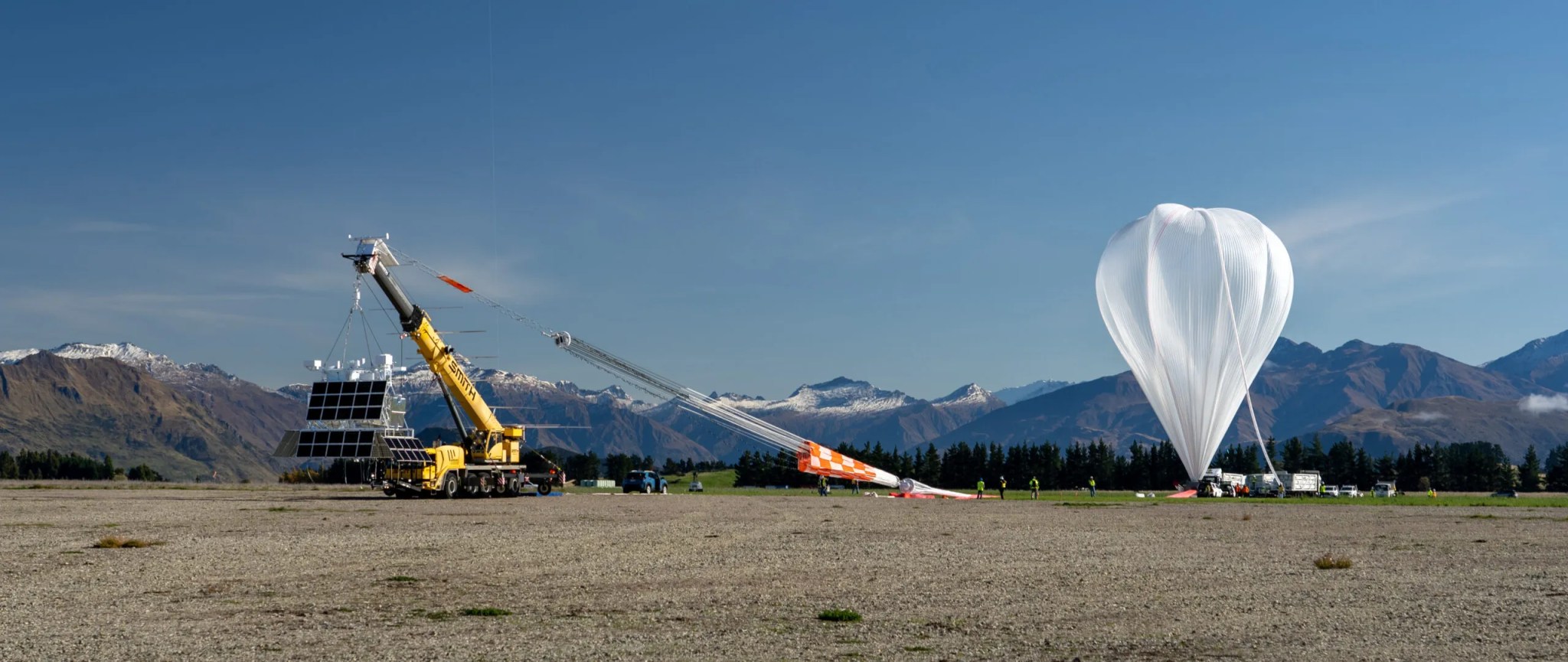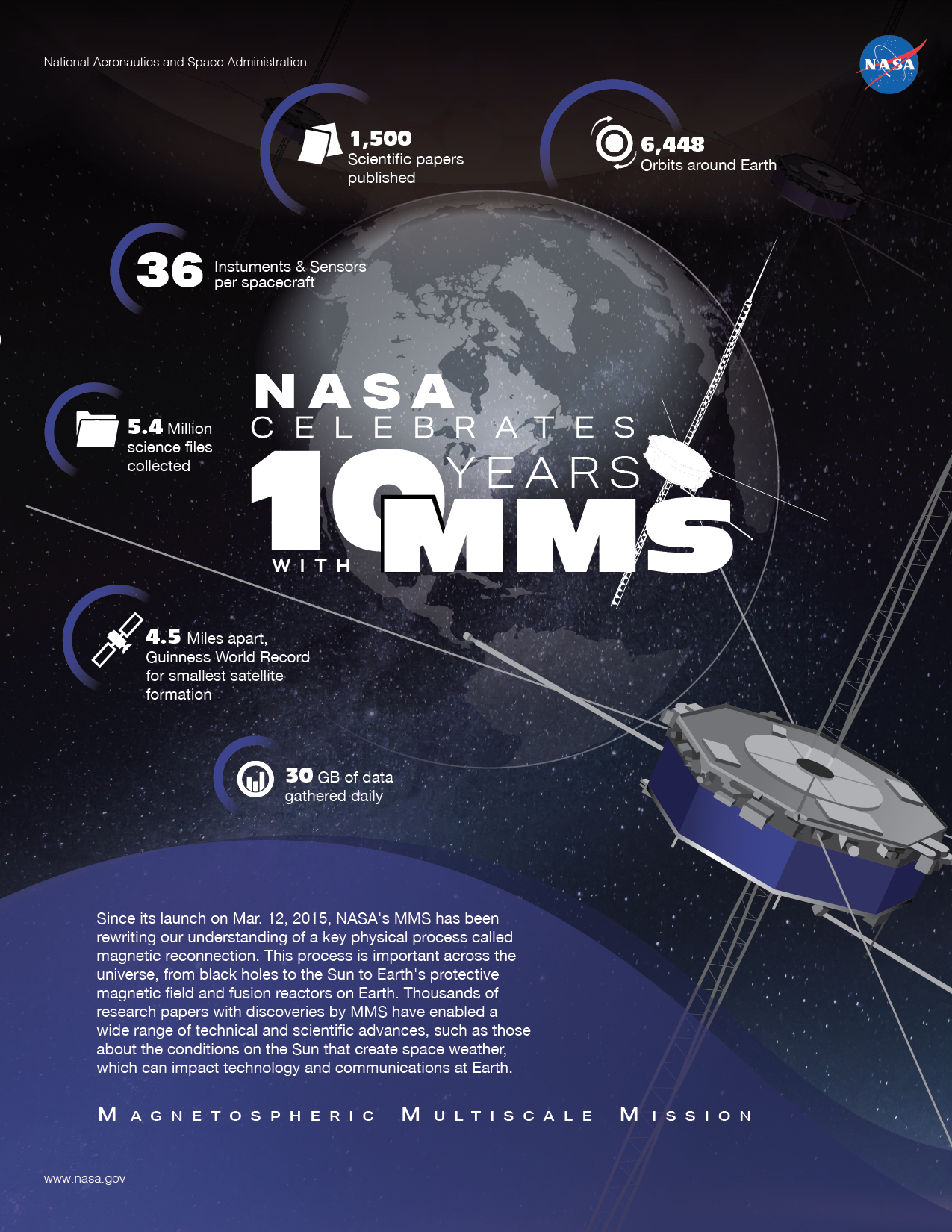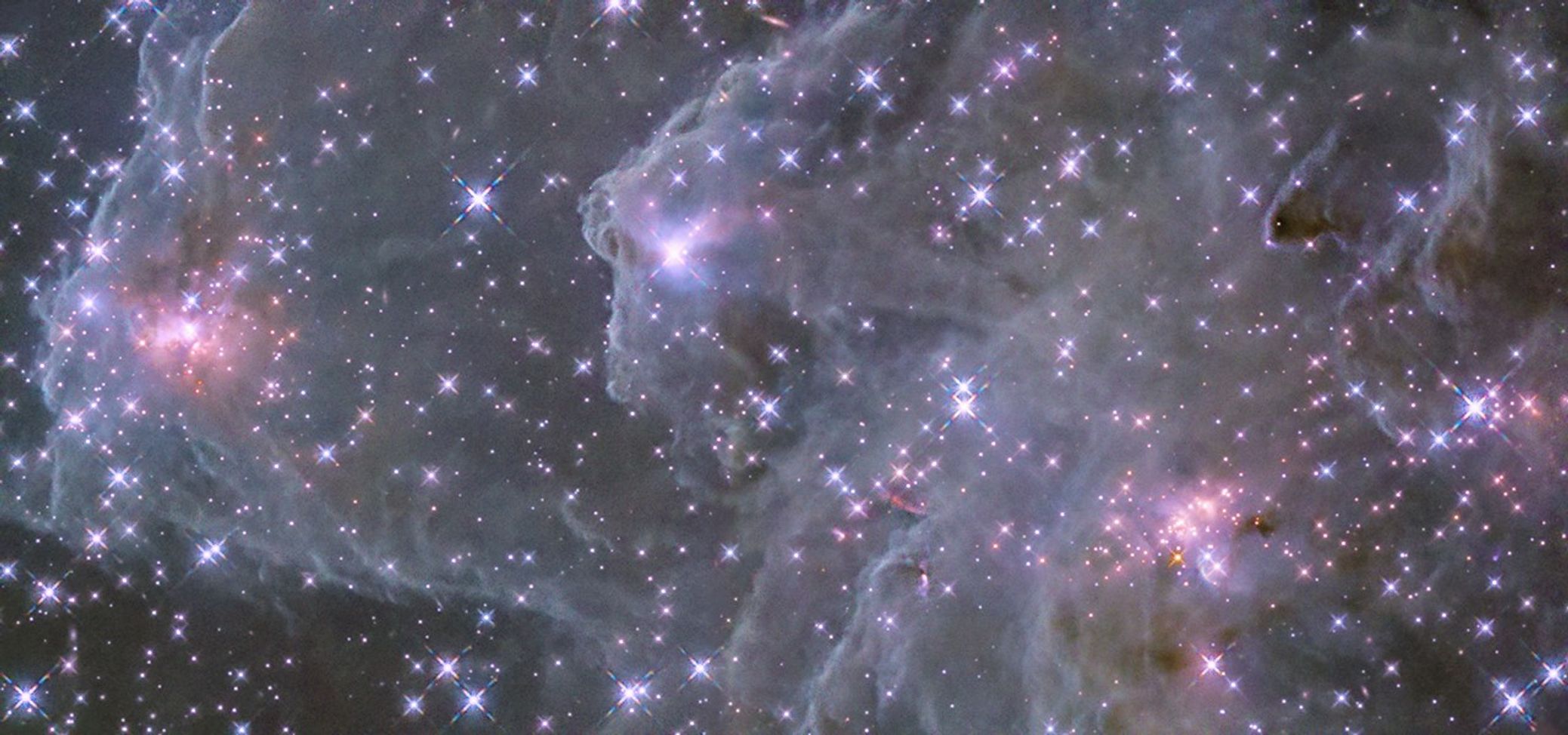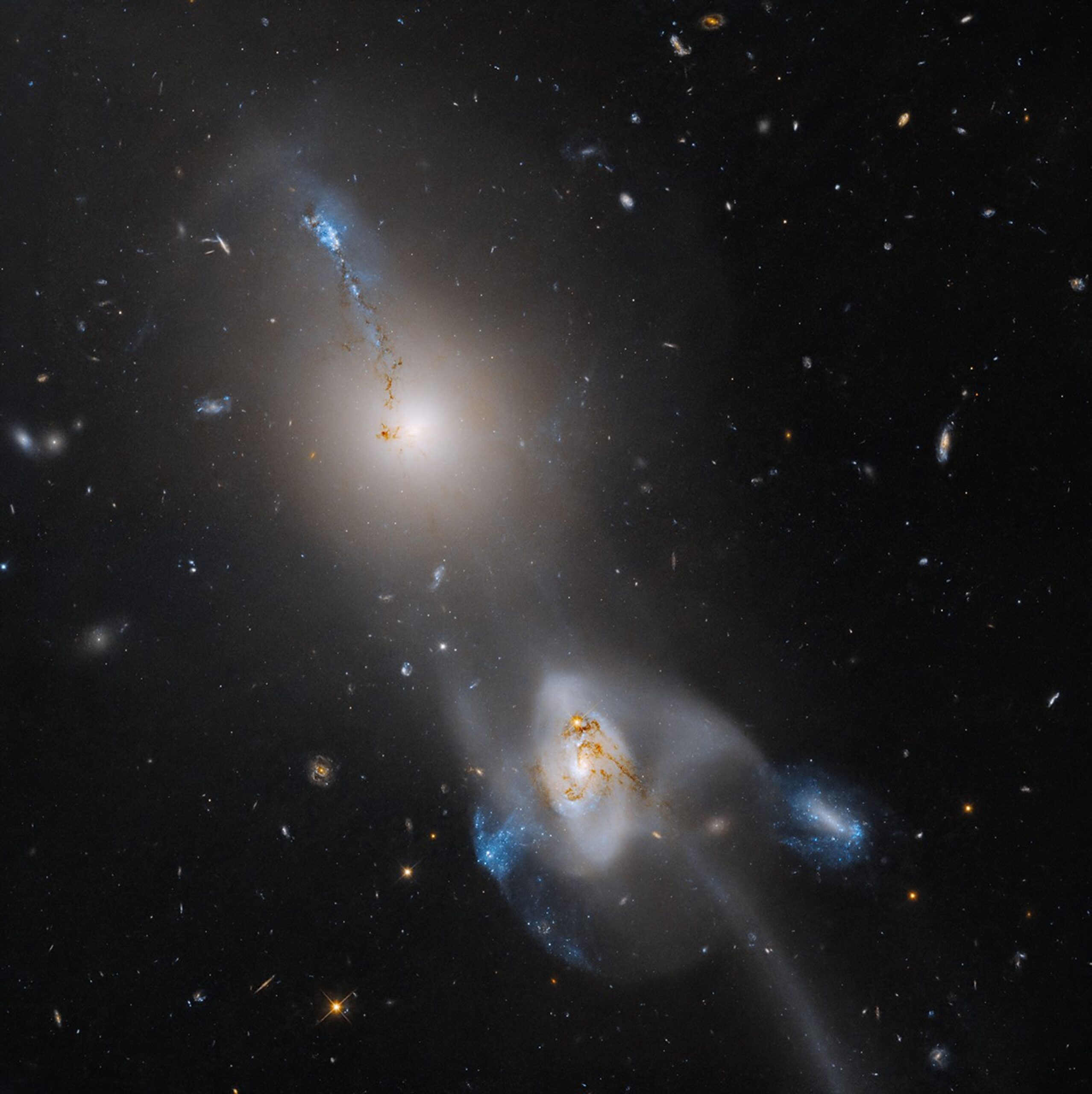Explore Hubble Hubble Home Overview About Hubble The History of Hubble Hubble Timeline Why Have a Telescope in Space? Hubble by the Numbers At the Museum FAQs Impact & Benefits Hubble’s Impact & Benefits Science Impacts Cultural Impact Technology Benefits Impact on Human Spaceflight Astro Community Impacts Science Hubble Science Science Themes Science Highlights Science Behind Discoveries Hubble’s Partners in Science Universe Uncovered Explore the Night Sky Observatory Hubble Observatory Hubble Design Mission Operations Missions to Hubble Hubble vs Webb Team Hubble Team Career Aspirations Hubble Astronauts News Hubble News…
Read MoreTag: Goddard Space Flight Center
NASA’s Curiosity Rover Detects Largest Organic Molecules Found on Mars
Researchers analyzing pulverized rock onboard NASA’s Curiosity rover have found the largest organic compounds on the Red Planet to date. The finding, published Monday in the Proceedings of the National Academy of Sciences, suggests prebiotic chemistry may have advanced further on Mars than previously observed. Scientists probed an existing rock sample inside Curiosity’s Sample Analysis at Mars (SAM) mini-lab and found the molecules decane, undecane, and dodecane. These compounds, which are made up of 10, 11, and 12 carbons, respectively, are thought to be the fragments of fatty acids that…
Read MoreNASA to Launch Three Rockets from Alaska in Single Aurora Experiment
4 min read NASA to Launch Three Rockets from Alaska in Single Aurora Experiment Three NASA-funded rockets are set to launch from Poker Flat Research Range in Fairbanks, Alaska, in an experiment that seeks to reveal how auroral substorms affect the behavior and composition of Earth’s far upper atmosphere. The experiment’s outcome could upend a long-held theory about the aurora’s interaction with the thermosphere. It may also improve space weather forecasting, critical as the world becomes increasingly reliant on satellite-based devices such as GPS units in everyday life. Colorful ribbons…
Read MoreNASA’s EZIE Launches on Mission to Study Earth’s Electrojets
A SpaceX Falcon 9 rocket lifts off from Vandenberg Space Force Base, carrying NASA’s EZIE spacecraft into orbit. SpaceX Under the nighttime California sky, NASA’s EZIE (Electrojet Zeeman Imaging Explorer) mission launched aboard a SpaceX Falcon 9 rocket at 11:43 p.m. PDT on March 14. Taking off from Vandenberg Space Force Base near Santa Barbara, the EZIE mission’s trio of small satellites will fly in a pearls-on-a-string configuration approximately 260 to 370 miles above Earth’s surface to map the auroral electrojets, powerful electric currents that flow through our upper atmosphere in the polar…
Read MoreNASA Super Pressure Balloons Return to New Zealand for Test Flights
5 min read Preparations for Next Moonwalk Simulations Underway (and Underwater) A super pressure balloon with the EUSO-2 payload is prepared for launch from Wānaka, New Zealand, during NASA’s campaign in 2023. NASA/Bill Rodman NASA’s Scientific Balloon Program has returned to Wānaka, New Zealand, for two scheduled flights to test and qualify the agency’s super pressure balloon technology. These stadium-sized, heavy-lift balloons will travel the Southern Hemisphere’s mid-latitudes for planned missions of 100 days or more. Launch operations are scheduled to begin in late March from Wānaka Airport, NASA’s dedicated…
Read MoreNASA’s Record-Shattering, Theory-Breaking MMS Mission Turns 10
5 min read NASA’s Record-Shattering, Theory-Breaking MMS Mission Turns 10 Since its launch on March 12, 2015, NASA’s MMS, or Magnetospheric Multiscale, mission has been rewriting our understanding of a key physical process that is important across the universe, from black holes to the Sun to Earth’s protective magnetic field. This process, called magnetic reconnection, occurs when magnetic field lines tangle and explosively realign, flinging away nearby particles. Around Earth, a single magnetic reconnection event can release as much energy in a couple of hours as the entire United States…
Read MoreHubble Unveils a Glittering View of Sh2-284
Explore Hubble Hubble Home Overview About Hubble The History of Hubble Hubble Timeline Why Have a Telescope in Space? Hubble by the Numbers At the Museum FAQs Impact & Benefits Hubble’s Impact & Benefits Science Impacts Cultural Impact Technology Benefits Impact on Human Spaceflight Astro Community Impacts Science Hubble Science Science Themes Science Highlights Science Behind Discoveries Hubble’s Partners in Science Universe Uncovered Explore the Night Sky Observatory Hubble Observatory Hubble Design Mission Operations Missions to Hubble Hubble vs Webb Team Hubble Team Career Aspirations Hubble Astronauts News Hubble News…
Read MoreHubble Jams With A Cosmic Guitar
Explore Hubble Hubble Home Overview About Hubble The History of Hubble Hubble Timeline Why Have a Telescope in Space? Hubble by the Numbers At the Museum FAQs Impact & Benefits Hubble’s Impact & Benefits Science Impacts Cultural Impact Technology Benefits Impact on Human Spaceflight Astro Community Impacts Science Hubble Science Science Themes Science Highlights Science Behind Discoveries Hubble’s Partners in Science Universe Uncovered Explore the Night Sky Observatory Hubble Observatory Hubble Design Mission Operations Missions to Hubble Hubble vs Webb Team Hubble Team Career Aspirations Hubble Astronauts News Hubble News…
Read MoreHubble Spies a Spectacular Starburst Galaxy
Explore Hubble Hubble Home Overview About Hubble The History of Hubble Hubble Timeline Why Have a Telescope in Space? Hubble by the Numbers At the Museum FAQs Impact & Benefits Hubble’s Impact & Benefits Science Impacts Cultural Impact Technology Benefits Impact on Human Spaceflight Astro Community Impacts Science Hubble Science Science Themes Science Highlights Science Behind Discoveries Hubble’s Partners in Science Universe Uncovered Explore the Night Sky Observatory Hubble Observatory Hubble Design Mission Operations Missions to Hubble Hubble vs Webb Team Hubble Team Career Aspirations Hubble Astronauts News Hubble News…
Read MoreHubble Examines Stars Ensconced in a Cocoon of Gas
Explore Hubble Hubble Home Overview About Hubble The History of Hubble Hubble Timeline Why Have a Telescope in Space? Hubble by the Numbers At the Museum FAQs Impact & Benefits Hubble’s Impact & Benefits Science Impacts Cultural Impact Technology Benefits Impact on Human Spaceflight Astro Community Impacts Science Hubble Science Science Themes Science Highlights Science Behind Discoveries Hubble’s Partners in Science Universe Uncovered Explore the Night Sky Observatory Hubble Observatory Hubble Design Mission Operations Missions to Hubble Hubble vs Webb Team Hubble Team Career Aspirations Hubble Astronauts News Hubble News…
Read More